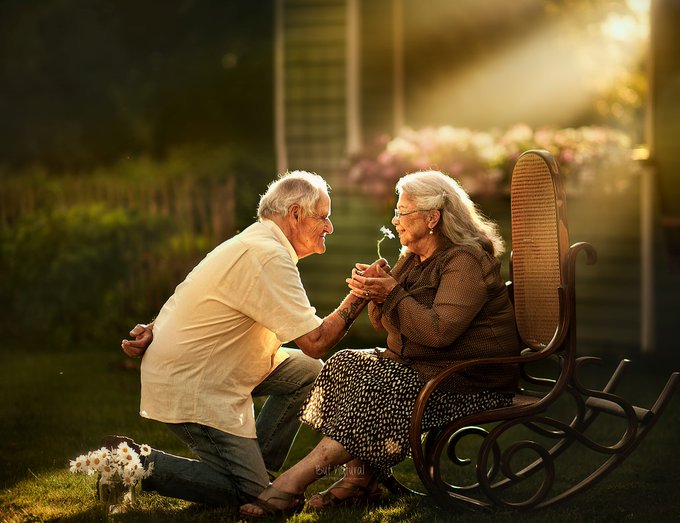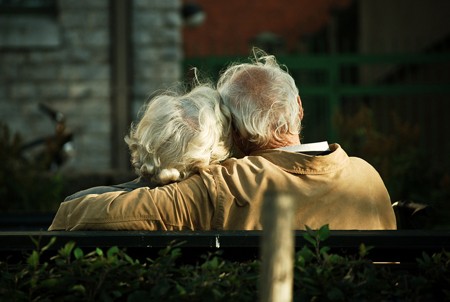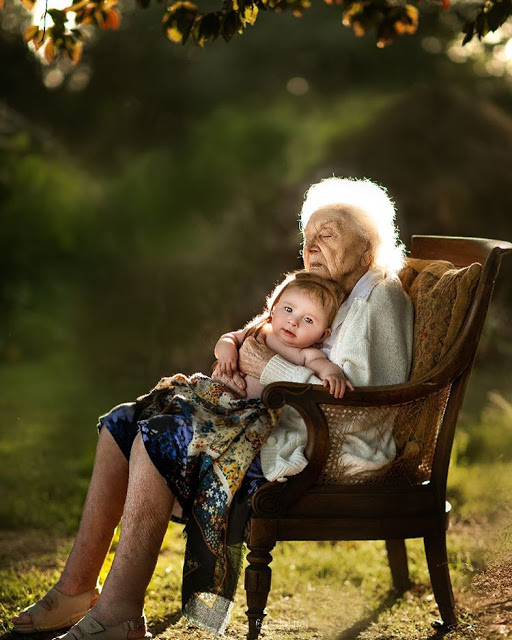
Summary of Geriatric Development

Older adulthood is separated into different areas: young old (55-65 years of age), middle old (66-85), and old old (85 and older). As a person ages they go through many changes in multiple areas. Some physical changes are bones become weak, joints become stiff and start to lose cartilage. Along with sensory loss leading to the need for glasses and/or hearing aids. Any chronic disease one may get such as RA, diabetes, heart or lung diseases will all affect physical health. It is important to keep this population moving to prevent deconditioning and help control and manage diseases, slowing progression and promoting the best quality of life. Cognitive changes for older adults are memory and focusing start to decline. However it has been shown that physical training can help improve cognition. This is a way physical therapy can help as research has shown that exercise can help enhance brain function and delay brain atrophy. Emotionally, older adults' goals change as they start to make more meaningful goals as needs and abilities change. Compared to younger adults who make goals that will broaden their horizons and increase their social circle. It is important to educate them to continue to stay active to embrace that abilities will change but the decrease can be slowed. Helping them adapt to changes as they come so they can continue to reach new goals. With age social circles tend to get smaller. With that being said it will be important to listen and give them time to explain their needs. They may be struggling to hear you, see you or they may just want someone to listen. Encouraging them to get out to play cards, join a fitness class, book club or even making regular get togethers or phone calls with family and friends will help keep that social interaction open. This population can use a lot of incurancement as they may not feel like exercising, joining a group or even leaving their house. They can be set in their ways and change can be hard.

